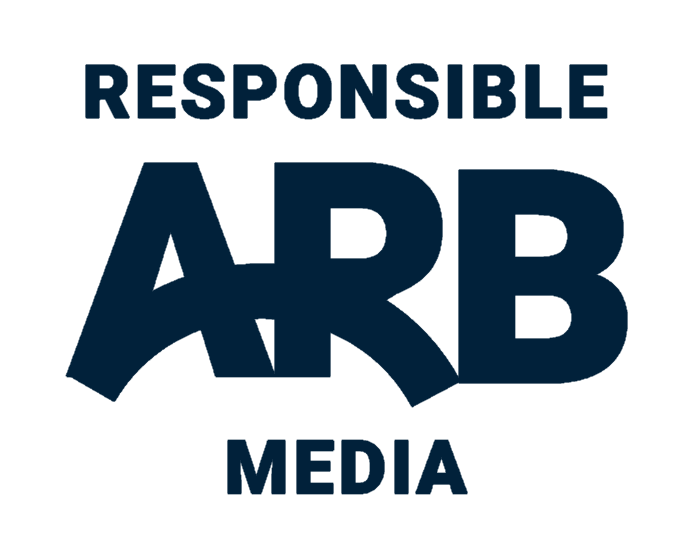World News
Japan earthquake: Fukushima Aquarium damage─── 14:12 Tue, 05 Apr 2011

By Dr Patrick Garratt, Two Oceans Aquarium / 1 April 2011
Source: Click here
The world watched in horror as a magnitude 9.0 earthquake struck northern Japan on 11 March 2011. Thousands of people and animals in Japan are still unaccounted for, so it was a great relief when we received word from Aquamarine Fukushima Aquarium Executive Director Yoshitaka Abe on 23 March 2011. Fukushima Aquarium, located in northeast Japan, took the full force of the tsunami.
.jpg)
Aquamarine Fukushima Aquarium. Photo courtesy tetzl
Aquamarine Fukushima Aquarium (its official name is Marine Science Museum: Fukushima Prefecture) took the full force of the tsunami but the staff members were fortunately able to evacuate their visitors and get their staff to higher floors before the wave struck. Thereafter, it must have been a nightmare and so horrible to be totally helpless and watch most of their animals die.
Yoshitaka Abe has been the spokesperson for Japanese aquariums for years and he is highly respected in the industry. He is leading the field in conservation and education in Japan.
Abe has written a letter in response to the many letters of concern sent through to him. Two Oceans Aquarium Managing Director Dr Patrick Garratt had sent a letter to Abe from the entire staff of the Two Oceans Aquarium; Dr Pat’s letter follows Abe’s.
Yoshitaka Abe responds to the outpour of support from the world’s aquarium community
Dear colleagues
I am writing from Tokyo. Your sympathy and worry about the disaster suffered by Northern Japan where Aquamarine Fukushima is located, facing the Pacific Ocean, is deeply appreciated.
After the magnitude 9.0 earthquake and roughly 6m-high tsunami struck Onahama, every means of communication was completely destroyed since then to the present, and it has been difficult to send information to you from Onahama, for which I have to apologise.
At magnitude 9.0, it was the world’s largest earthquake, which broke out in the Iwate district at 14h46 on 11 March 2011. The tsunami that followed amplified the disaster.
After the earthquake, visitors to the aquarium were guided away from the aquarium building. Soon after, the first tsunami swell was approaching. Eighty aquarium staff members and volunteers had to remain in the building and were moved to a higher floor in accordance with regulations.
The aquarium building was isolated from the port town of Onahama. Whole cars were washed away from the car parks. We were isolated from the city for one night, but we are happy that there was no human loss.
Since the day the quake struck, the city’s electricity and water have completely stopped, and all our circulation systems stopped working. We supported the life of the fish in 80 of our tanks with an air blower, which was powered by a home generator.
However, there was no prospect of the electricity recovering, and in short supply of oil for the home generator, it was difficult to continue running the fish’s life-support system.
After an inspection of the aquarium, we found much damage was done to the electric facility in the building, and our big touch pool and fishing pond that we have outside the aquarium building were washed away.
Fortunately, the building itself and the aquarium windows are probably OK.
It was impossible to rescue fish, tuna, thousands of sardines and Napoleon wrasse [an endangered fish, also known as the humphead wrasse] etc in the tanks but, on the other hand, it was lucky for us that Kamogawa Sea World, located 100km south of Onahama, helped us to rescue marine mammals and some sea birds.
On 16 and 17 March, all animals, including the river otter and sea birds, were transferred safely to Kamogawa Sea World. Others were moved to Ueno Zoo, Tokyo Sea Life Park, Mito Sea Paradise and New Enoshima Aquarium. Their prompt responses were deeply appreciated.
To make the matter worse, the atomic power plants located 55km north of Onahama have suffered major damage, and we have to watch the progress to prevent the worst result. Waiting for the recovery of the lifeline of this area, we have a challenge to step forward.
Your warmest regards are appreciated. Thank you very much.
Sincerely,
Aquamarine Fukushima Executive Director Yoshitaka Abe

The endangered Napoleon wrasse, also known as the humphead wrasse. Photo courtesy suneko
Dr Pat’s letter to Abe on behalf of the Two Oceans Aquarium
Dear Abe
It is with great sadness that we watch daily the devastation of the earthquake and see all its consequences, and we send our heartfelt good wishes to you and your family, your friends and your colleagues.
We have heard the news regarding your aquarium and we are so incredibly sad for you: You had built it into one of the finest in the world and were doing such wonderful things there!
We wish you well in coping with the aftermath of the tsunami and ask if there is anything that we can do to help? We are far away, but perhaps there is something small that we can do.
The entire staff of the Two Oceans Aquarium send their love and best wishes. Our thoughts and prayers are with you every day!
Kind regards
Pat













